Color The Walls Of Your Street
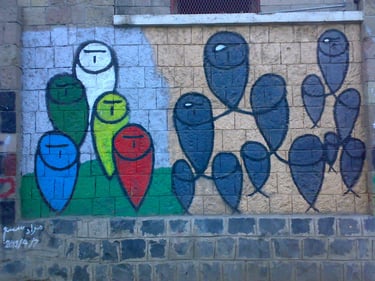
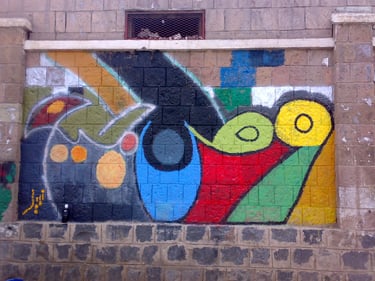
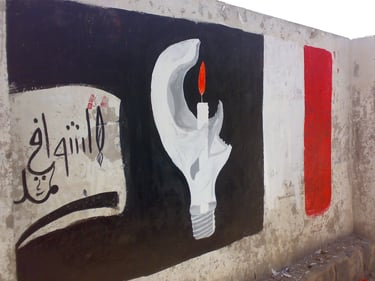
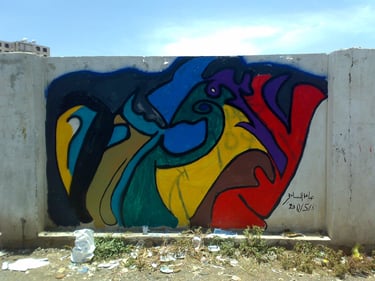
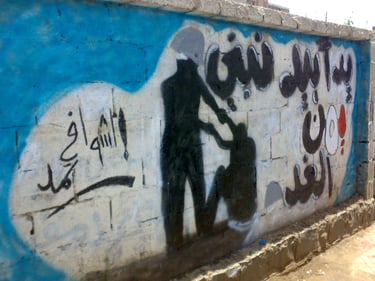
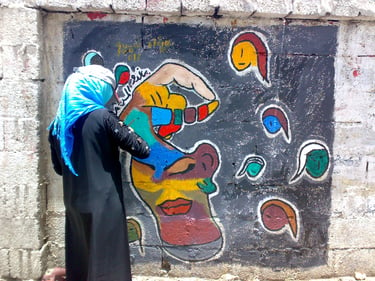
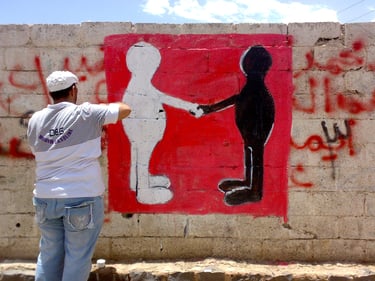
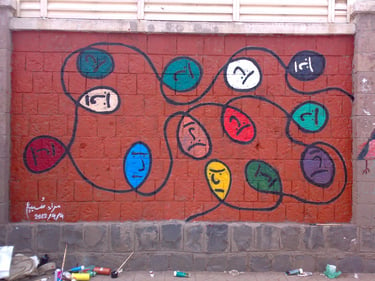
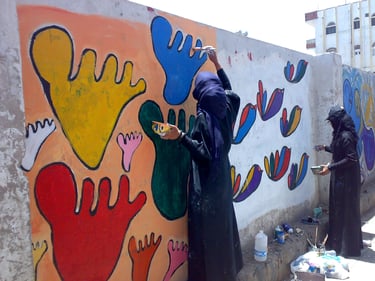
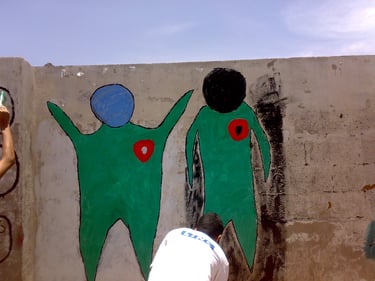
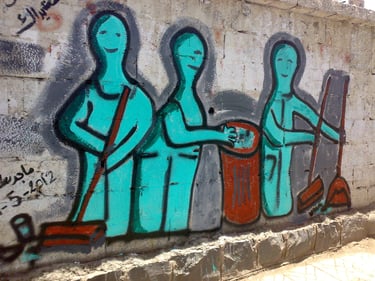
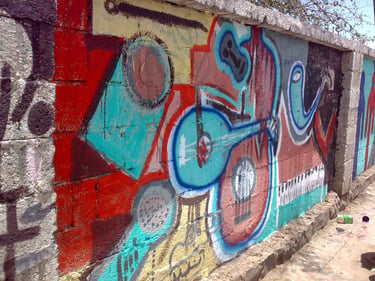
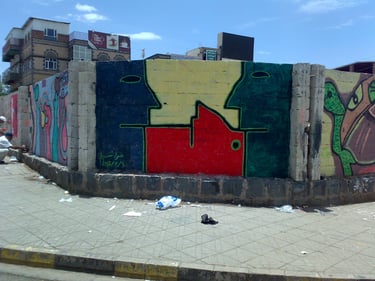
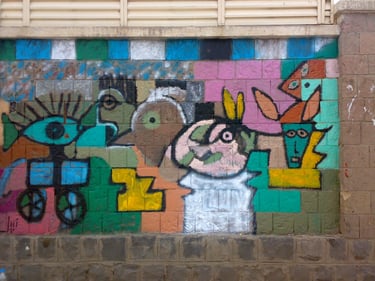
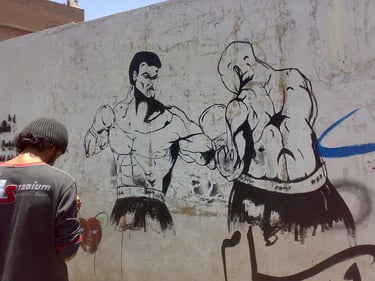
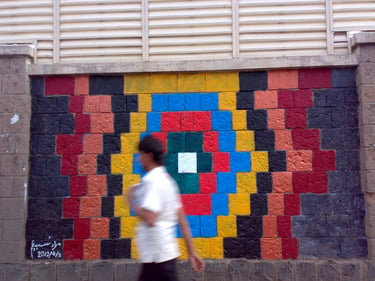
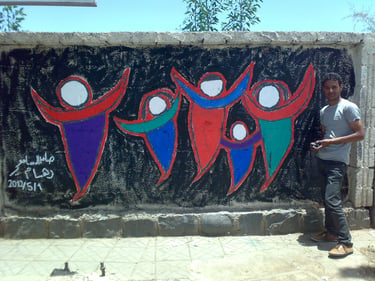
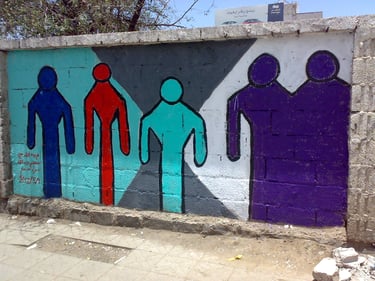
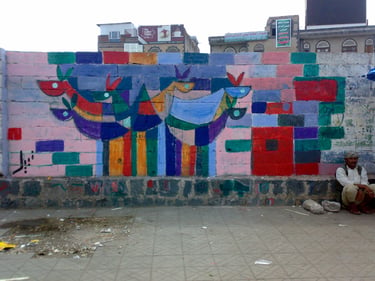
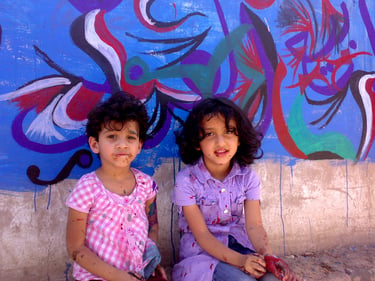
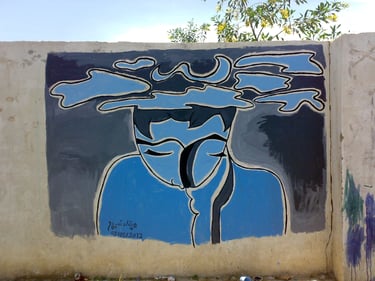
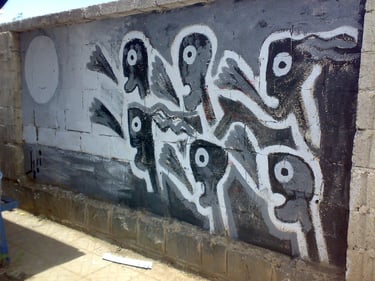
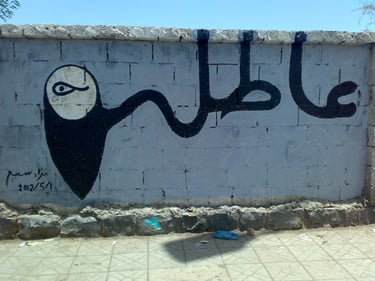
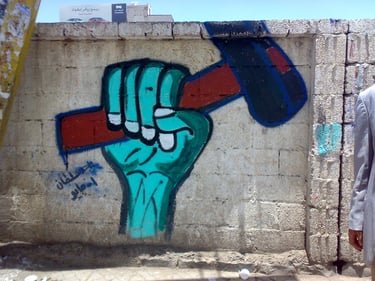
























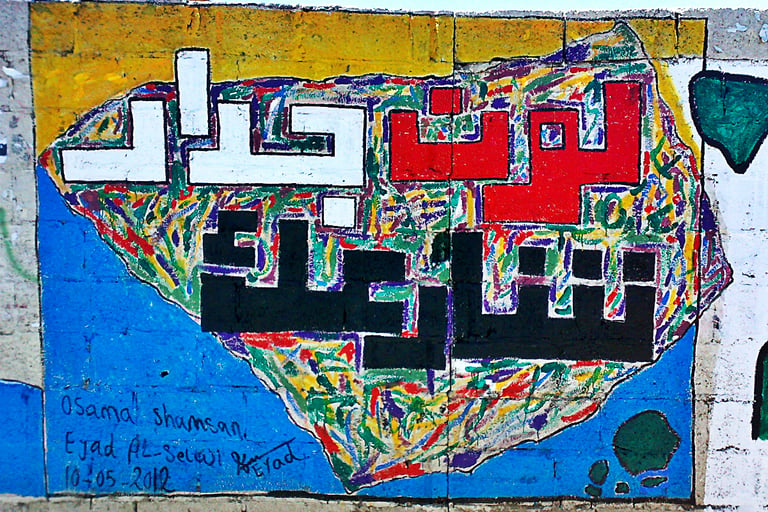

“Color the walls of your street” Campaign
On March 15, 2012, artist Murad Subay launched the "Color Your Street’s Wall" campaign following the military conflict that broke out in late 2011. The conflict divided Yemen’s capital, Sana’a, into two sections: the northern part, controlled by forces that had joined the revolution (and later became part of the counter-revolution), and the southern part, held by the regime the people had risen against. Al-Zubayri Street became the dividing line between the two sides, with military equipment piled on both ends.
The area stretching from Kentucky Roundabout to Electricity Roundabout became known as the “Red Line” — the boundary neither side’s military forces crossed. After the fighting ceased, the area bore deep scars of war: RPG shells, heavy weapons, and sniper bullets had damaged buildings and walls throughout the region.
For months, after the revolution's setback and the loss of hope, Murad Subay — who lived near the old Sana’a University campus — experienced despair, like millions of other young Yemenis who had returned to their homes disillusioned. The destruction had left more than physical marks; it had seared itself into the collective consciousness.
Murad asked himself: what can be done? Since painting had been his language since childhood, he had the idea of painting over the bullet holes, shell marks, and death-promoting slogans. He first tried to paint in the area controlled by the so-called “Protectors of the Revolution,” but was denied access without permission from generals. The same happened in the area under the regime’s control.
He then turned to the neutral “Red Line” — a buffer zone not controlled by either side — stretching about 200 meters along Al-Dairi Street, between Kentucky and Electricity roundabouts. This became the first station of the "Color Your Street’s Wall" campaign.
Through social media, Murad posted an open invitation for Yemenis to join him. For a week, he painted alone. Eventually, local and international media took notice, and dozens of men and women joined him in painting the walls.
Every Thursday became a day of communal painting. People arrived with their brushes, paints, tired spirits, and hopes for a better tomorrow. Young and old alike participated, transforming the once bullet-riddled walls into vibrant canvases of expression.
Over the span of three months from 15 March – 14 June 2012, the campaign spread throughout the capital and laid the foundation for street art in Yemen. Soon after, similar campaigns emerged in other major Yemeni cities such as Taiz, Aden, Ibb, Hodeidah, Hadhramaut, and Marib. Yemenis painted an unforgettable mosaic of color and hope — a legacy that will remain etched in history through the "Color Your Street’s Wall" campaign.
© 2025. All rights reserved.